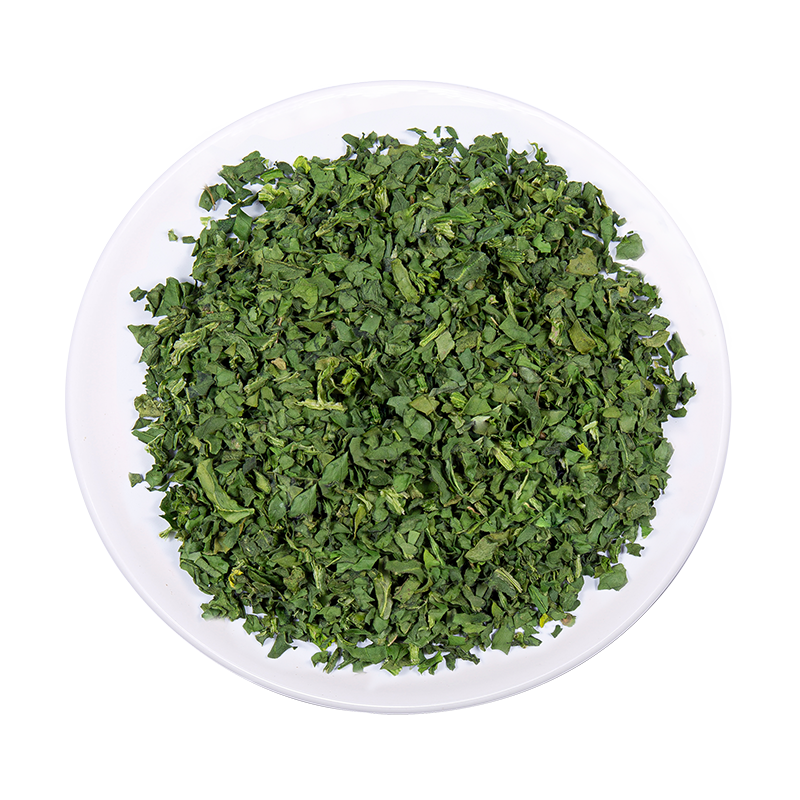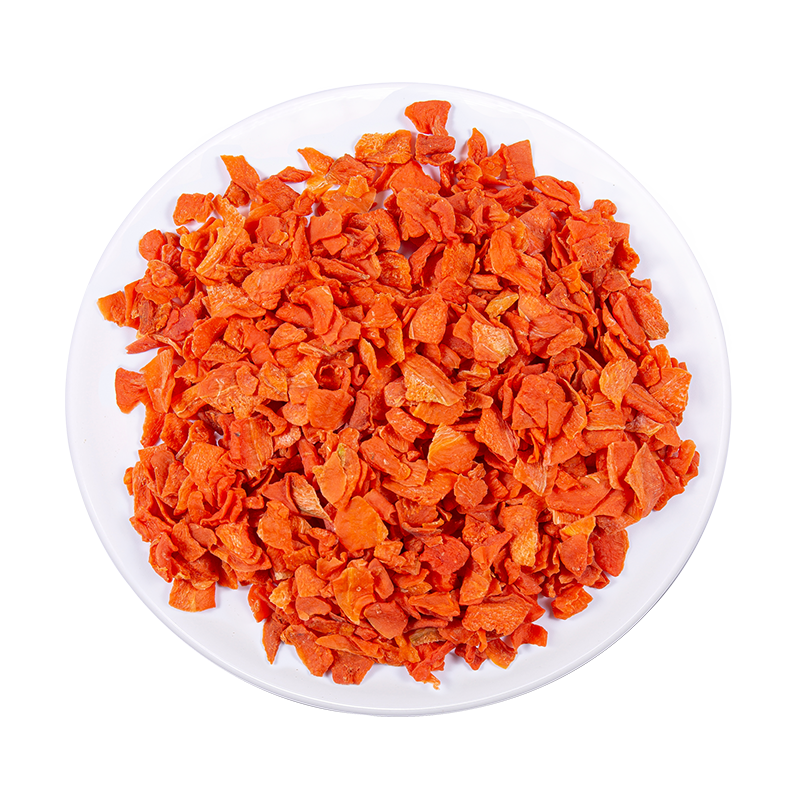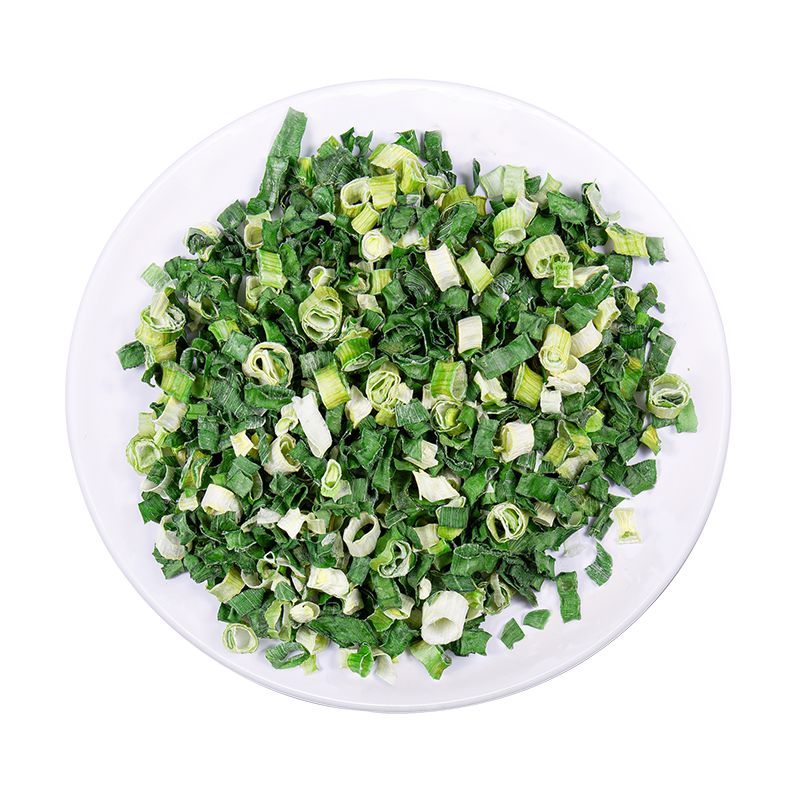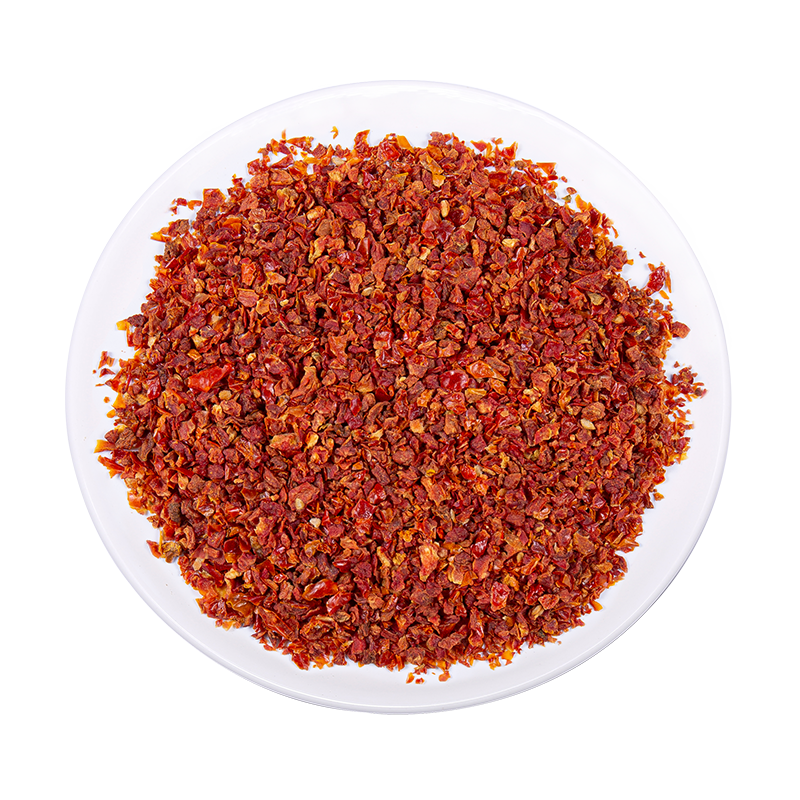Dec 09,2025
Rehydration Before Use
When a recipe calls for the texture of fresh peppers, the best approach is often to rehydrate the Dehydrated Red Pepper. Rehydrating the pepper by soaking it in warm water for 15-30 minutes helps restore some of its original moisture and softness. The degree of soaking time may vary depending on the pepper’s thickness and the desired texture. Once rehydrated, the pepper can be chopped, sliced, or diced just like fresh pepper, ensuring that the dish retains the intended texture. This method works particularly well for dishes like stews, soups, salads, and salsas, where you need the pepper to be integrated into the dish in its more natural, fresh form. The rehydration process also helps prevent the pepper from being too tough or fibrous when added to the recipe.
Blending Into Sauces and Soups
In recipes that require a smooth consistency, such as sauces, soups, or dressings, Dehydrated Red Pepper can be blended into a paste or puree after rehydration. The rehydration process not only softens the pepper but also allows it to blend seamlessly into a variety of dishes without leaving chunks or distinct pieces. Once softened, you can puree the pepper in a blender or food processor, creating a smooth, homogeneous paste that can be easily incorporated into sauces like tomato sauce, chili, or marinara. Additionally, for soups, adding this puree will infuse the broth with a deep, smoky heat while maintaining the necessary liquid consistency for the dish. This method is ideal for applications where the appearance and texture of fresh pepper are less important than the full flavor integration.
Using as a Spice or Seasoning
For recipes where the texture of the fresh pepper isn’t critical, ground Dehydrated Red Pepper can be used as a spice or seasoning to add heat and flavor. After drying, the pepper can be easily ground into a fine powder or coarse flakes, depending on the desired texture. The powdered form can be added directly to spice rubs, marinades, or seasoning mixes, infusing dishes like grilled meats, roasted vegetables, or sauces with the fiery flavor of red pepper. Using Dehydrated Red Pepper in this form intensifies the flavor of the pepper, as dehydration tends to concentrate the pepper’s taste. It’s an excellent option for dishes where the primary goal is to enhance flavor without requiring the pepper to retain its fresh, crunchy texture.
Adding to Dried or Casserole Dishes
When preparing dishes like casseroles, risottos, baked beans, or any other long-cooking, moisture-laden recipes, adding Dehydrated Red Pepper directly without rehydration can work well. During the cooking process, the pepper will absorb moisture from the other ingredients, rehydrating within the dish itself and gradually softening. This technique is ideal for dishes that have extended cooking times, as it allows the peppers to blend seamlessly into the food while enriching the overall flavor profile. Whether in a slow-baked casserole or a simmering stew, the dehydrated peppers provide a deep, concentrated pepper flavor that develops as the dish cooks.
Rehydrating with Stock or Broth
To further enhance the flavor profile of the Dehydrated Red Pepper, rehydrating it in vegetable, chicken, or beef stock instead of water is a highly effective technique. The stock adds a layer of complexity and richness to the flavor, making the peppers more versatile for integration into savory dishes. For instance, in a hearty soup, stew, or risotto, rehydrating the Dehydrated Red Pepper in a flavorful broth will infuse the peppers with additional savory notes, which will then permeate the entire dish. This technique is particularly effective for recipes where the pepper is used as an accent or a key flavor element but needs to blend smoothly into a liquid-based dish.
Incorporating into Stir-Fries and Sautéed Dishes
In stir-fries or quick-cooked dishes, adding rehydrated Dehydrated Red Pepper in the final stages of cooking is a smart strategy. Stir-fries require high heat, and using fresh peppers at the beginning can sometimes cause them to burn or lose their flavor quickly. By rehydrating the peppers first and adding them near the end of the cooking process, you allow the peppers to maintain some of their texture while absorbing the flavors from the other ingredients. This method is ideal for dishes such as vegetable stir-fries, noodle dishes, or sautéed meats where the freshness of the peppers is key but direct exposure to high heat might cause them to lose their vibrancy.


 English
English Français
Français Español
Español









